It’s the great household debate: when you grab the mop, should you fill the bucket from the hot tap or the cold one? You've probably heard strong opinions on both sides, leaving you to wonder if you're making a huge mistake every time you clean.
That frustration is real. You put in the effort, but your floors still look streaky, feel sticky, or just don't seem truly clean. It’s maddening to wonder if the simple choice of water temperature is to blame. Figuring out whether to mop with hot or cold water isn't as simple as one-size-fits-all.
The truth is, both have their place. The right choice depends entirely on your floor type and the mess you’re tackling. We're here to settle the debate so you can clean with confidence.

Hot vs. Cold Water: A Quick Guide by Floor Type
One of the most common mopping mistakes is using the wrong temperature for your floor. Here’s a simple cheat sheet.
| Floor Type | Best Water Temperature | Why? |
|---|---|---|
| Ceramic & Porcelain Tile | Hot Water | Durable and can handle heat. Hot water excels at cleaning grout and kitchen grease. |
| Sealed Hardwood | Cold or Lukewarm | Never use hot water. It can damage the finish, cause warping, and force water between planks. |
| Laminate | Cold or Lukewarm | Never use hot water. Heat can damage the protective layer, warp the planks, and weaken seams. |
| Vinyl & Linoleum | Cold or Lukewarm | Hot water can weaken the adhesive, causing planks or tiles to peel up at the edges. |
| Natural Stone (Marble, Granite) | Cold or Lukewarm | Hot water can damage the sealant and dull the stone's natural finish. |
When Mopping with Hot (or Warm) Water Is Beneficial
Why do so many of us default to hot water? It feels more powerful, and in many cases, it is. Hot water molecules have more energy and move faster, which helps to loosen and dissolve grime more effectively than cold water.
- Grease and Oil: Hot water is the clear winner for cutting through greasy, oily, and sticky messes. Think kitchen floors after cooking or dining room spills.
- Sanitizing Power: High heat (typically above 140°F / 60°C) can help kill certain bacteria and germs, making it a tempting choice for bathrooms or homes with pets and kids.
- Tough, Stuck-on Grime: For caked-on mud or sugary spills that have hardened, hot water acts as a solvent, making scrubbing far easier.
When Mopping with Cold (or Lukewarm) Water Is Preferable
Despite the power of heat, many professional cleaners often default to cold or lukewarm water for routine cleaning. Here’s why.
- Floor Safety: Cold or lukewarm water is the only safe choice for delicate floors like sealed hardwood, laminate, and vinyl. Heat can cause these materials to warp, swell, peel, or bubble.
- Prevents Streaks: Hot water evaporates quickly. This can leave behind dissolved dirt and cleaning solution residue, resulting in those ugly, dulling streaks. Cold water evaporates slowly, giving you a clearer, streak-free finish, especially on high-gloss surfaces.
- Chemical Compatibility: Many modern floor cleaners are formulated to be most effective in cold water. Hot water can sometimes break down the active ingredients, making your cleaning solution less effective.
The Real Mopping Mistake: It’s Not Just the Temperature

The hot water vs cold water for mopping debate is important, but it misses the biggest problem with traditional mopping: you’re cleaning with dirty water.
Think about it. You dunk your mop into clean water, wipe up a section of floor, and then plunge that same dirty mop right back into the bucket. After the first pass, you’re just spreading a thin layer of grime and bacteria all over your home.
The most sanitary way to mop isn't just about water temperature. It's about separating the clean water from the dirty.
Use Heat Safely for a Truly Sanitary Clean
Using lukewarm water is safer for your floors, but nowadays wet-dry vacuums and innovative robot mops have changed the game. These tools feature separate tanks—one for fresh water and another for dirty water—so you can enjoy powerful cleaning without pushing around dirty water.
They also tackle the hot water issue by generating high-temperature heat in their base stations to clean and sterilize their rollers and brushes. This ensures you get the sanitizing benefits of heat while starting with a germ-free clean. It’s a perfect combination of safety and effectiveness for an enjoyable cleaning experience
Solution 1: Fresh-Water Mopping with Roller Mop Sterilization
This is the ideal solution for those with sensitive floors (wood, laminate) who still want a deep, sanitary clean.
- The Benefit: A machine like the Dreame Aqua10 Roller robot vacuum and mop solves the dirty water problem with its continious auto self-cleaning system. It mops only with fresh water from its clean water tank, while the dirty water is scraped off the roller and sent to a separate tank.
- The Hygiene Pivot: The real hygiene boost comes after the cleaning is done. Instead of leaving you with a damp, dirty roller, the base station uses 212°F (100°C) hot water and 149°F (65°C) hot air drying to automatically wash, sterilize, and dry the roller.
You get the sanitizing power of high heat on the cleaning tool itself, not on your floor. This ensures you’re always mopping with a hygienic, clean roller.
[product handle="aqua10-roller-robot-vacuum" rating="5"]
Solution 2: Active Hot-Water Cleaning for Stubborn Grime

This is the ultimate solution for those with durable floors (tile, vinyl) who face serious, greasy messes.
- The Benefit: What if you do want to use hot water directly on that kitchen grease? A machine engineered for it, like the Dreame H15 Pro Heat Wet Dry Vacuum, can be the answer. It uses 85°C (185°F) hot water to clean the floor, actively dissolving the most stubborn, caked-on grime that cold water can't touch.
- The Heat Pivot: It doesn't stop there. Its "ThermoTub™" self-cleaning cycle uses 100°C (212°F) water and 90°C (194°F) AI drying to sterilize its own brush, ensuring it’s ready and germ-free for the next job.
It’s the ultimate tool for tough jobs, leveraging hot water cleaning on the floor and high-heat sterilization in the base.
[product handle="h15-pro-heat-wet-dry-vacuum" rating="4.7"]
Hot or Cold? The Final Verdict
So, should you mop with hot or cold water?
- Use Cold/Lukewarm Water: For daily cleaning and for all delicate floors like hardwood, laminate, and vinyl.
- Use Hot Water: For tough, greasy messes on durable floors like ceramic or porcelain tile.
But the real answer? The biggest upgrade to your cleaning isn't just temperature, it's cleanliness. Stop spreading dirty water with a traditional mop and clean the mop head carefully.
Whether you need the everyday hygiene of fresh-water mopping or the grease-blasting power of hot-water cleaning, Dreame has a solution. Read our guide: What Should I Look For When Buying A Vacuum Cleaner?
Frequently Asked Questions (FAQ)
What is the most sanitary way to mop?
The most sanitary method is one that never reuses dirty water. This is achieved with a dual-tank system (separating clean and dirty water) or a machine that continuously uses fresh water, like the Dreame Aqua10 Roller, which also self-sterilizes its roller with hot water.
What's better for cleaning, hot or cold water?
It depends. Does hot water clean floors better? Yes, for grease and oil. But cold water is safer for most floor types (like hardwood and laminate) and is better for preventing streaks. Check out our guide on how to clean laminate floors and clean sticky floors for more details.
What is the most common mistake when mopping?
Besides using the wrong water temperature for your floor type, the most common mistake is using a dirty mop and bucket, which just spreads germs and grime instead of removing them. Using too much water, especially on wood floors, is another common error.
Can I use hot water on my vinyl plank floors?
It is not recommended. Hot water can weaken the adhesives used to install vinyl, causing the planks or tiles to warp, bubble, or peel at the edges. Stick to cold or lukewarm water. For tips on other floor types, see our post on how to clean and mop tile floors.
Read More in Our House Cleaning Series
If you’re looking to master the art of efficient cleaning, check out the rest of our house cleaning series:
- Learn why you should vacuum before mopping to achieve spotless floors.
- Discover whether to dust or vacuum first for the most effective cleaning routine.
- Explore our guide to sweeping vs. vacuuming to find out which method best suits your floors.


















































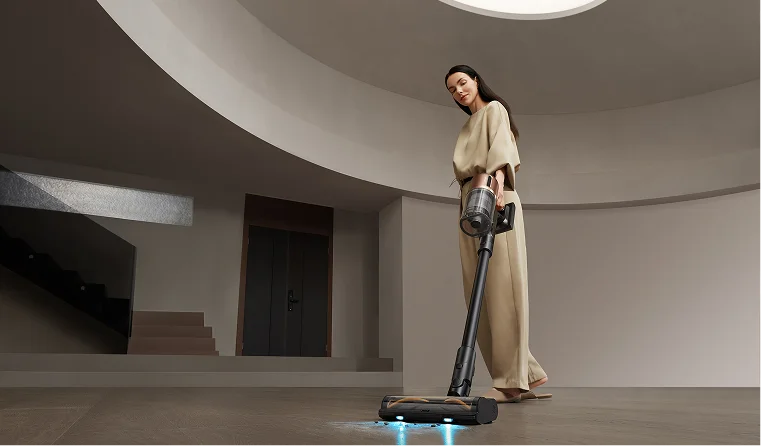





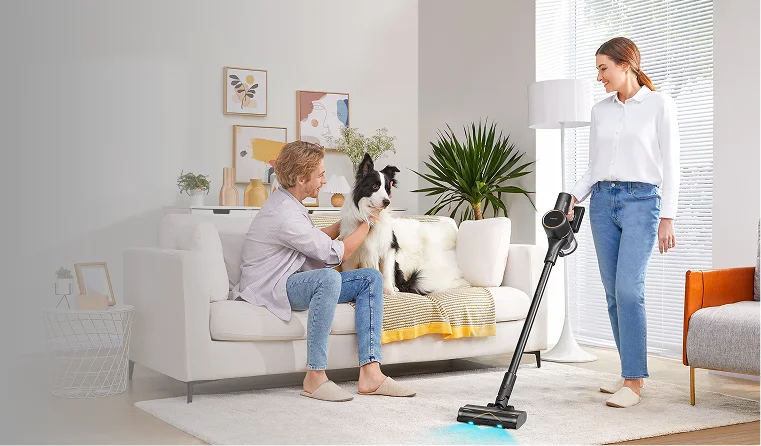

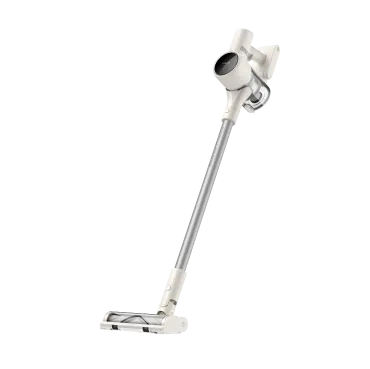
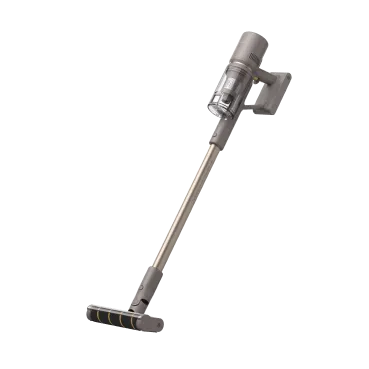
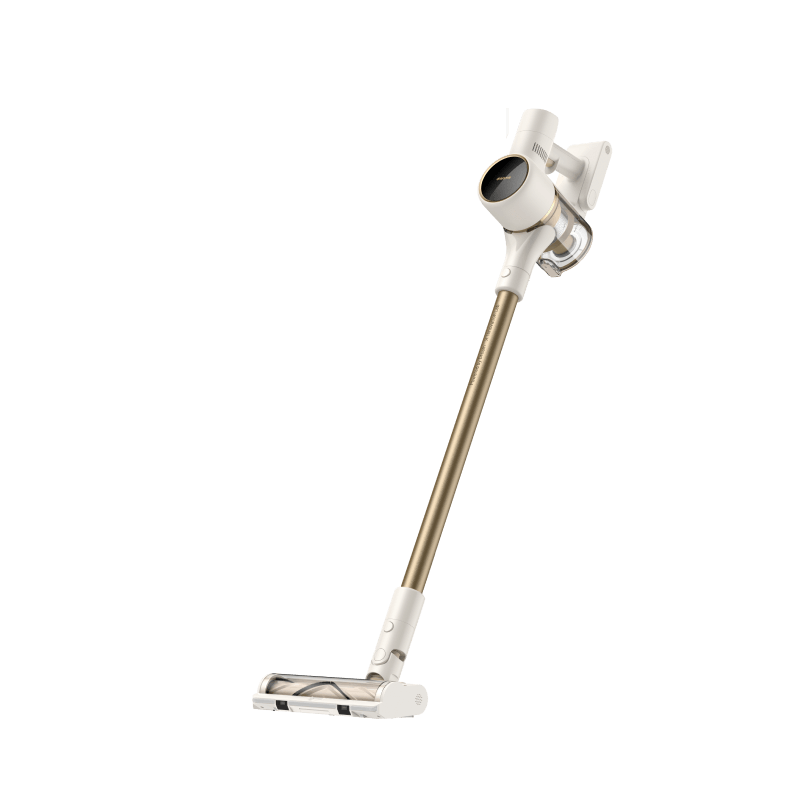



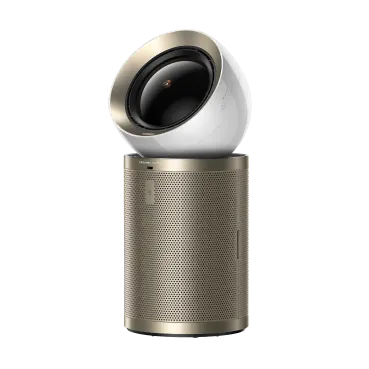
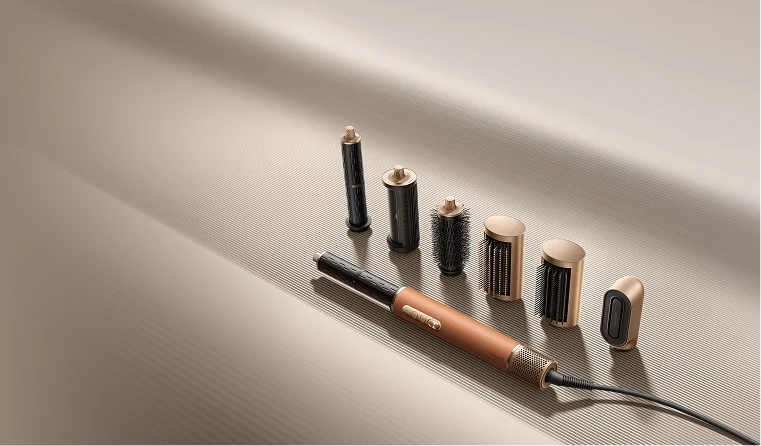
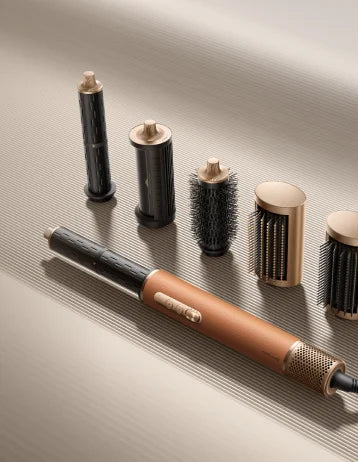

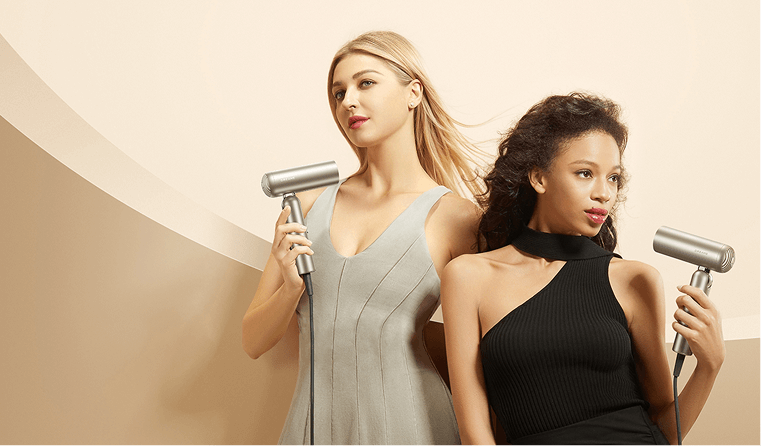

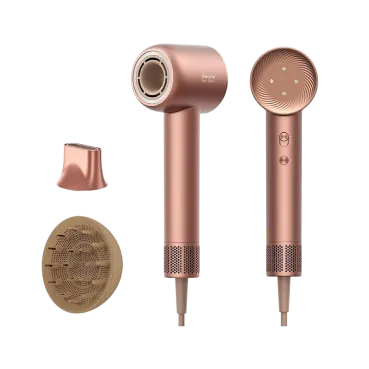



















 Australia
Australia 中国大陆
中国大陆 日本
日本


 Türkiye
Türkiye


 Italia
Italia
 Netherlands
Netherlands Belgium
Belgium
 Greece
Greece Polska
Polska
 Norway
Norway
 Sweden
Sweden
 Finland
Finland
 Denmark
Denmark
 Hungary
Hungary Czechia
Czechia
 Slovenia
Slovenia
 Croatia
Croatia
 Switzerland
Switzerland United Kingdom
United Kingdom
 Canada
Canada

